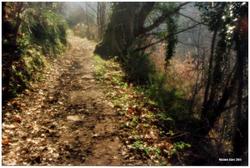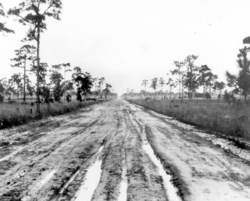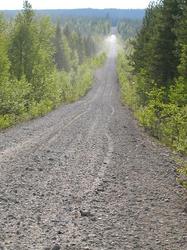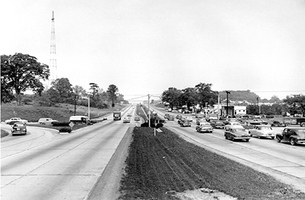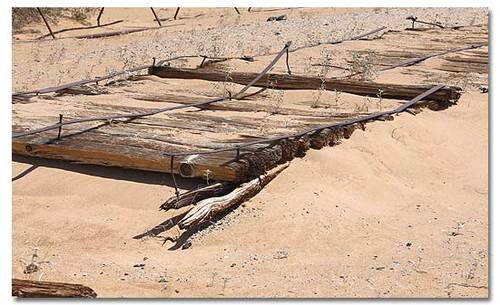Types of roads:
TRAILS I
TRAILS II
ROADS
SYSTEMS
AUTOMOBILE
IMPACT I
IMPACT II
MAPS:
MAPS II:
FOOD/TECH:
CARS I:
CARS II:
TRUCKS:
From a dirt path to fully paved highways, roads allowed society to develop:
The pictures below show the transition from travel on a dirt path to travel on an unpaved road. From developed dirt roads, developers shifted from gravel surfaces to concrete or asphalt, to roads nearly as developed as we have today.
Gravel Road:
Any type of rock surface made a road an "improved" road. It was bitumen (asphalt) that made roads smooth and dust free. Early concrete was still rough compared to the typical road of today.
Roads with Paved Surfaces:
The development of road surfaces took decades. Road engineers found that the ground under any surface needed to be solid and level!
Progression of road development:
- crude dirt trails which were completly undeveloped (often slightly changing direction over time)
- roads cleared by horses pulling a log; trees and brush being cut down in a pre-planned path
- crushed rock being placed over the dirt path
- stone over a road higher in the center for water run off
- wood planks placed on the ground (rudiments of some plank roads remain today)
- rock roads being oiled to limit dust (after years looking like asphalt)
- asphalt or brick being laid down (bricks in towns only)
- by the early 1900's, concrete was laid down
- by the early 1930's genuine research was done to find the best surfaces for specific roads, the scientific era had begun
